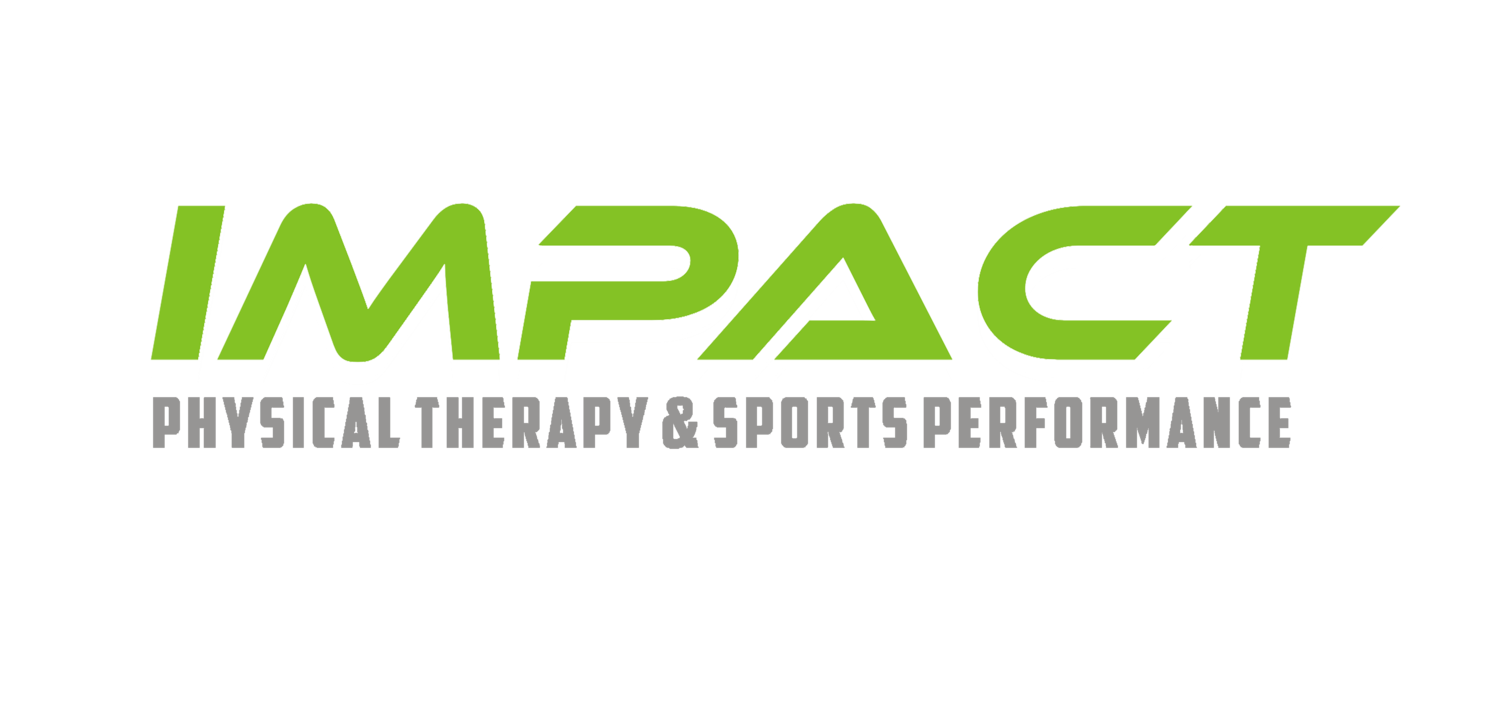Foam Roll: Release Your Tight Legs
In the quest for muscle recovery and improved flexibility, foam rolling has emerged as a powerful tool. At Impact Physical Therapy and Sports Performance, we're committed to providing our patients with comprehensive, effective strategies for pain relief and recovery. In this article, we'll delve into the benefits of foam rolling, particularly for your legs, and provide guidance on how to do it effectively.
Understanding Foam Rolling
Foam rolling is a form of self-myofascial release, an approach that involves applying gentle, sustained pressure to connective tissue to relieve pain and restore mobility. This simple yet effective technique can be a game-changer for anyone, especially those recovering from leg injuries or dealing with muscle tightness.
Benefits of Foam Rolling Your Legs
Engaging in regular foam rolling can offer several benefits for your legs, including:
Enhanced blood circulation to the leg muscles
Reduced muscle tension and soreness
Improved range of motion and flexibility
Assistance in injury prevention and recovery
Aid in post-exercise recovery
Foam Rolling Techniques for Your Legs
To get the most out of foam rolling, try these techniques for different areas of your legs:
Calves:
Sit on the floor and place the foam roller under your calves.
Slowly roll from the back of your knee to your heel, pausing on any tender spots.
Hamstrings:
Position the roller under your thighs.
Roll from the back of your knees up to your glutes, focusing on any tight areas.
Quadriceps:
Lie face down with the roller under your front thighs.
Roll from your hip to your knee, giving extra attention to any sore spots.
IT Band:
Lie on your side with the roller near your hip.
Slowly roll down from the hip to the knee, being careful as this area can be quite sensitive.
Adductors:
Place the roller parallel to your body and lie on one side, with the roller near your inner thigh.
Gently roll from the inner thigh up towards the groin.
Best Practices for Foam Rolling
Spend about 1-2 minutes on each leg section.
Move slowly and avoid rolling too quickly.
Apply pressure to a comfortable level; it shouldn't cause unbearable pain.
Consistency is key for the best results.
Foam rolling is a highly effective method for alleviating leg pain, improving flexibility, and aiding in muscle recovery. As part of a comprehensive physical therapy regimen, it can significantly enhance your recovery journey. At Impact Physical Therapy and Sports Performance, we're here to guide you in incorporating effective techniques like foam rolling into your recovery plan.
Want to learn more about foam rolling and how it can benefit your recovery process? Contact Impact Physical Therapy and Sports Performance today to schedule a session with our experts and take the first step towards more flexible, pain-free legs.

